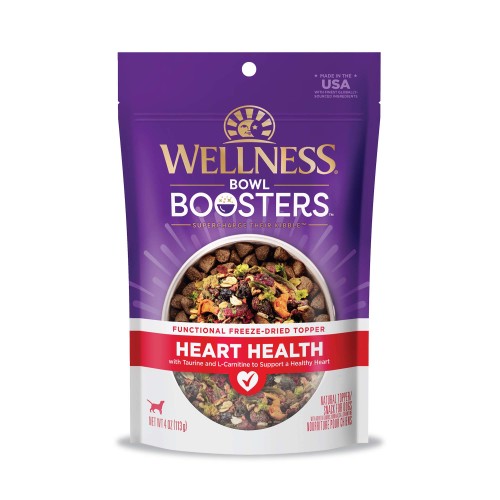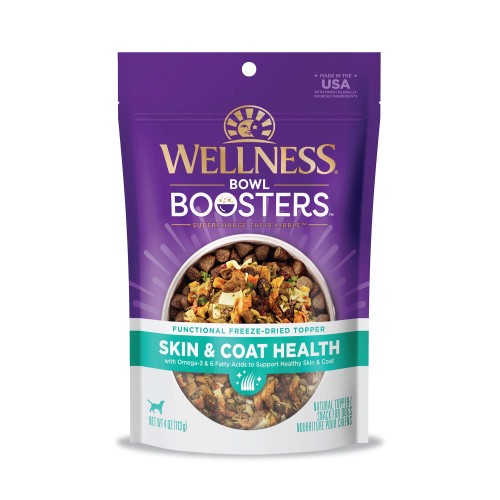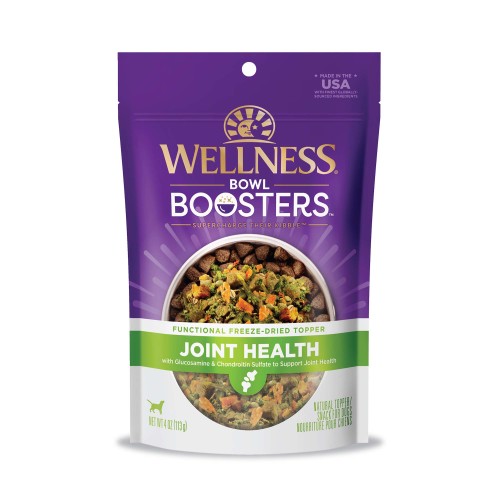May 18, 2023
Ultimate Guide: How Much Food To Feed Your Dog
How much dry dog food?
Correctly feeding your canine companion is an integral part of pet ownership. A proper diet gives your dog the energy they need to live their best life and supports the five signs of wellbeing. However, figuring out how much to feed your pet can be confusing. There are many types of food out there, and dogs vary so much in their individual needs. Read on for some tips to help you navigate this challenge and determine what is appropriate for your beloved pet.
Choosing A Food
Firstly, you will need to start by choosing a food that is designed for your dog’s individual needs. You can find foods specific to your dog’s age, size, weight, allergens, and other such requirements. Pick a quality brand with excellent ingredients. For more guidance on choosing a food, see our article on choosing the best dry food for your dog.
Check the Label
Quality foods include label guidelines that have feeding recommendations. This is a great place to start. The guidelines should have different suggestions for various ages and sizes of dogs. The guide may suggest a total amount for daily feeding or an amount to feed per feeding. While these guidelines are a great place to start, it is important to remember that they are a starting point. Every dog is a unique individual. If you notice your pet is gaining weight on the recommended feeding, try reducing the amount fed by 10%. If you see the opposite effect and your pet is too thin, try a 10% increase and continue to monitor. Make sure you are staying up to date on your pet’s veterinary wellness checks to keep accurate track of weight and identify any other potential health problems that might be contributing to weight gain or loss. Your veterinarian may also have suggestions for adjusting your feeding ratios.
Consider Age
If your dog is a puppy, you’ll want to remember that they are constantly growing! You will need to monitor their growth and adjust their feedings as necessary. As your puppy grows, you may also consider switching the type of food you are feeding to meet their nutritional needs. Foods for different life stages can support a dog’s changing nutritional requirements as they age and develop. Older dogs may need a lower caloric intake, though elderly dogs may need extra nutrition and calories due to the natural aging process.
The Whole Picture
Consider the whole picture as you calculate your dog’s feeding needs. Your dog’s intake may encompass more than just their regular meals. For example, do they eat a combination of wet and dry food? Do they receive treats regularly? You’ll have to take all of their caloric input into consideration for accurate results and nutritional support.
Combining A Variety of Foods
If you choose to combine wet and dry foods, ensure that both are complete and balanced foods. If this is the case, you can use them together to calculate your dog’s total daily apportionment accurately. For example, if your dog is at a healthy weight and you decide to change 20% of your dog’s total calories to a meal of wet food, reduce the amount of dry food you have been feeding by 20% to keep your dog’s weight steady. Check the label of the wet food for feeding guidelines. Most will include recommendations for appropriate feedings and ratios. They may also have a conversion that states how much of the brand’s dry food a can of wet food can replace, though it is important to remember that this conversion likely does not cross brands-each is unique. Most of your pet’s food should consist of complete and balanced meals (again, check your labels!). Treats, mixers, and toppers are OK but should make up no more than 10% of your dog’s daily intake. Make sure that these treats are canine-safe! Don’t forget to account for these extras when calculating your pup’s total daily calories.
How Often Should I Feed My Dog?
Once you have determined how much food to feed your dog each day, you may wonder how to divide it out over the course of the day. How often you feed depends on both you and your dog. Is convenience a factor? Do you prefer to have your dog eat when you eat so that they don’t beg at the table? Would you like to feed them when you leave for work to help ease the stress of separation? Some dogs may eat smaller meals throughout the day, while others may get all of their food at once and nibble throughout their daily routine. What works best for you and your dog is likely the best option, providing they are receiving the consistent amount you have found to be appropriate for their needs.





